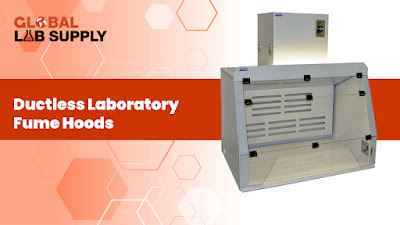The relocation of a laboratory is a crucial and sensitive task that can be negatively impacted by even the tiniest error.
Consideration of details assures that you’re previous and new labs remain clean, that your years of investigation and paperwork are preserved, and that your efforts are not wasted. A well-executed lab relocation may entail hiring professional strategists and also contracting for the best possible care and monitoring.
In the end, this implies that your laboratory can continue to operate as you arrange your transfer. This phase might take up to 6 months to arrange because every element must be considered before moving equipment. The employment of experienced managers allows you to design, prepare, and handle the shift's unique needs.
The Obstacles
Oversight is among the major flaws in lab movements: many unscheduled lab movements lead to the destruction of significant research, wasted hours, increased costs, and increased stress factors. As a result, it's critical that you thoroughly comprehend the significance of the relocation and the type of apparatus being relocated to maintain the integrity of your investigation.
It's crucial to maintain track of the equipment that's being transferred and to maintain a backup plan in place in case something goes incorrect. In such cases, oversight leads a waste. For example, disregarding the size of the door utilized to carry your high-performance laboratory refrigerators inside can lead to the loss of crucial specimens and supplies, resulting in the loss of study.
In addition, normal issues such as communication, team dissatisfaction, and unplanned costs will develop. These obstacles can be solved with careful preparation and coordination of the relocation process.
Factors to consider for your laboratory movement
Planning ahead of time
The laboratory relocation can be smooth, time-efficient, and cost-effective if it is planned ahead of time. It supports the implementation of processes that benefit the coordination of the move, such as quick and efficient systems for packing, moving, storing, and placing equipment. This can be accomplished by first putting in place a strategy to organize equipment, furnishings, and commodities according to their regularity of usage. This not just speeds up the configuration of your laboratory, but also results in a more effective lab that is concentrated on efficiency and resource management.
When organizing your laboratory, it's important to think about all of the equipment you'll be using.
Examine Potential Problems
First and foremost, communication is critical, both inside the workforce and with services providers. Communication ensures that your workforce is kept up to date on the progress of the project, allowing any difficulties to be handled swiftly and any necessary adjustments or requests to be implemented promptly. Second, the expense could be a concern, particularly for laboratories that rely on research funding and have a restricted budget. However, precautions must be considered to maintain the equipment, which might also require the use of specialized lab transporters.
Some concerns, such as these, may be difficult to escape in this situation. Continuous monitoring is also required to identify and resolve any difficulties that may occur, as well as to ensure that interaction is consistent and efficient.
Make a transportation plan
Transportation is, without a doubt, one of the most critical aspects of the transfer. Understanding the rules and comprehending how your equipment works and what it needs will help you acquire accessibility to the right facilities or service promptly, as well as to detect the fees of storing in transport carts. Different sorts of studies may involve the use of specialized transportation.
A lab movement is a time-consuming, frustrating, and costly undertaking; a normal lab movement may take more than 6 months to prepare. Preparation and moving are the two key processes. The most important aspect of the transfer is the preparation, which will necessitate meticulous consideration of details.
The accomplishment of the move process is determined by the preparation stage. It is better to distribute your entire relocation to professionals for knowledgeable monitoring. This will allow your lab workers to function effectively, ease pressure on lab administration overall, and enhance the overall quality of your relocation.
Purchase the Greatest Laboratory Equipment Available
If you're searching for some advanced, high-quality Lab Equipment for your lab, visit Globallabsupply.com and have the greatest lab equipment delivered right to your home.






